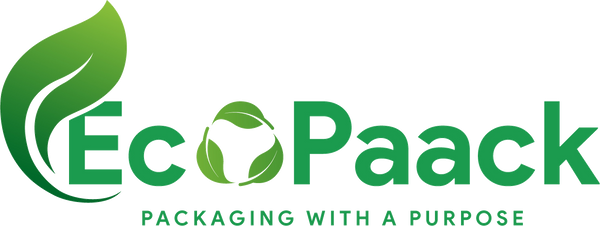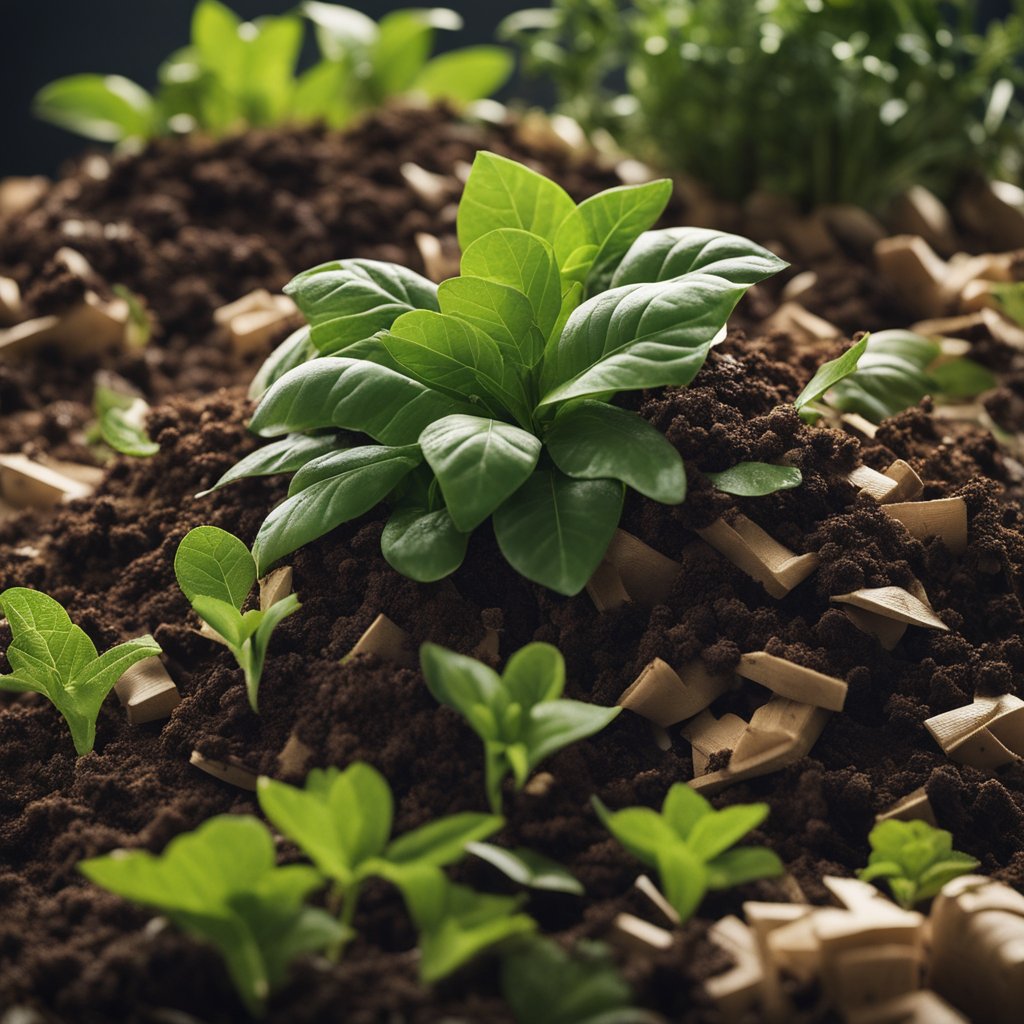In the quest for more sustainable packaging solutions, terms like "biodegradable" and "compostable" are often used interchangeably. However, there are significant differences between the two, and understanding these distinctions is crucial for making informed choices in packaging and sustainability efforts. In this article, we'll explore the differences between biodegradable and compostable packaging and shed light on what these terms truly mean in the context of environmentally friendly packaging.
Biodegradable Packaging: Breaking Down the Basics
Biodegradable packaging refers to materials that can break down naturally over time through the action of microorganisms, such as bacteria, fungi, and enzymes. These materials decompose into simpler substances, leaving behind no visible or toxic residue. While biodegradable packaging offers environmental benefits compared to non-biodegradable alternatives, it's essential to note that the term "biodegradable" does not specify the timeframe or conditions required for degradation.
Compostable Packaging: Unraveling the Concept
Compostable packaging takes sustainability a step further by offering a specific end-of-life solution. Compostable materials are designed to break down into nutrient-rich compost under controlled conditions, typically within a composting facility. Composting is a natural process that transforms organic matter into humus, a valuable soil amendment. Compostable packaging not only reduces waste but also contributes to the production of nutrient-rich soil, closing the loop on the circular economy.
Key Differences: Biodegradable vs. Compostable
1. End-of-Life Scenario
-
Biodegradable packaging can degrade over time in various environments, including landfills, oceans, and soil. However, the degradation process may take years, and the end products can vary depending on factors such as temperature, moisture, and microbial activity.
-
Compostable packaging requires specific conditions to break down efficiently, typically in a composting facility where temperature, moisture, and aeration are carefully controlled. Compostable materials undergo rapid decomposition, resulting in the production of nutrient-rich compost that can be used to enrich soil.
2. Environmental Impact
-
Biodegradable packaging offers a more sustainable alternative to non-biodegradable materials, as it ultimately breaks down into simpler components. However, the rate and completeness of degradation can vary widely, and certain biodegradable materials may leave behind residues or byproducts that are not environmentally benign.
-
Compostable packaging is designed to have a minimal environmental impact, as it undergoes complete decomposition into compost, a valuable resource for soil health. Compostable materials support the circular economy by returning nutrients to the soil and reducing the need for synthetic fertilizers.
3. Certification and Standards
-
Biodegradable packaging may lack standardized testing and certification, leading to confusion and greenwashing. Without clear guidelines and verification, claims of biodegradability may be misleading, and consumers may not have assurance regarding the environmental performance of the packaging.
-
Compostable packaging is often certified according to recognized standards, such as ASTM D6400 or EN 13432, which specify criteria for compostability, including biodegradability, disintegration, and absence of toxic residues. Certification provides credibility and ensures that compostable products meet established performance criteria.
Making Informed Choices in Packaging and Sustainability
As consumers and businesses increasingly prioritize environmentally friendly packaging options, understanding the difference between biodegradable and compostable packaging is essential. While both offer benefits compared to non-biodegradable alternatives, compostable packaging provides a more specific end-of-life solution and supports the circular economy.
When selecting packaging materials, consider factors such as end-of-life scenarios, environmental impact, certification, and standards compliance. Look for compostable containers and packaging wholesale options that are certified according to recognized standards and prioritize materials that can be composted in commercial facilities.
By making informed choices and supporting compostable packaging solutions, businesses and consumers can contribute to a more sustainable future and reduce their environmental footprint.
Conclusion
In conclusion, the terms "biodegradable" and "compostable" are often used interchangeably, but they represent distinct concepts in the realm of packaging and sustainability. Biodegradable packaging breaks down naturally over time, while compostable packaging undergoes controlled decomposition to produce nutrient-rich compost.
Understanding the differences between biodegradable and compostable packaging is essential for making informed choices and advancing sustainability efforts. By prioritizing compostable materials and supporting certified options, businesses and consumers can play a pivotal role in reducing waste, conserving resources, and building a more sustainable future for generations to come.

